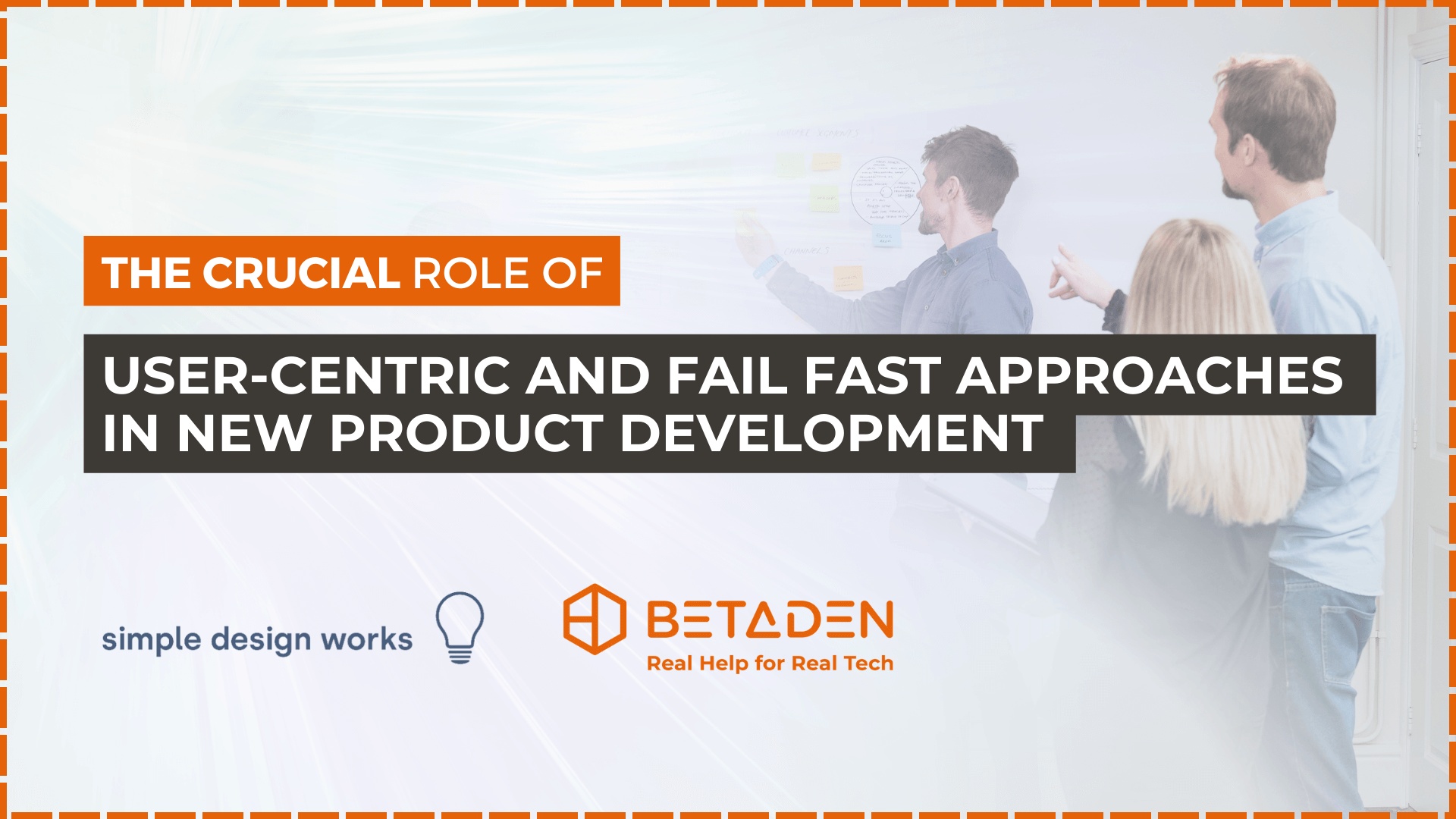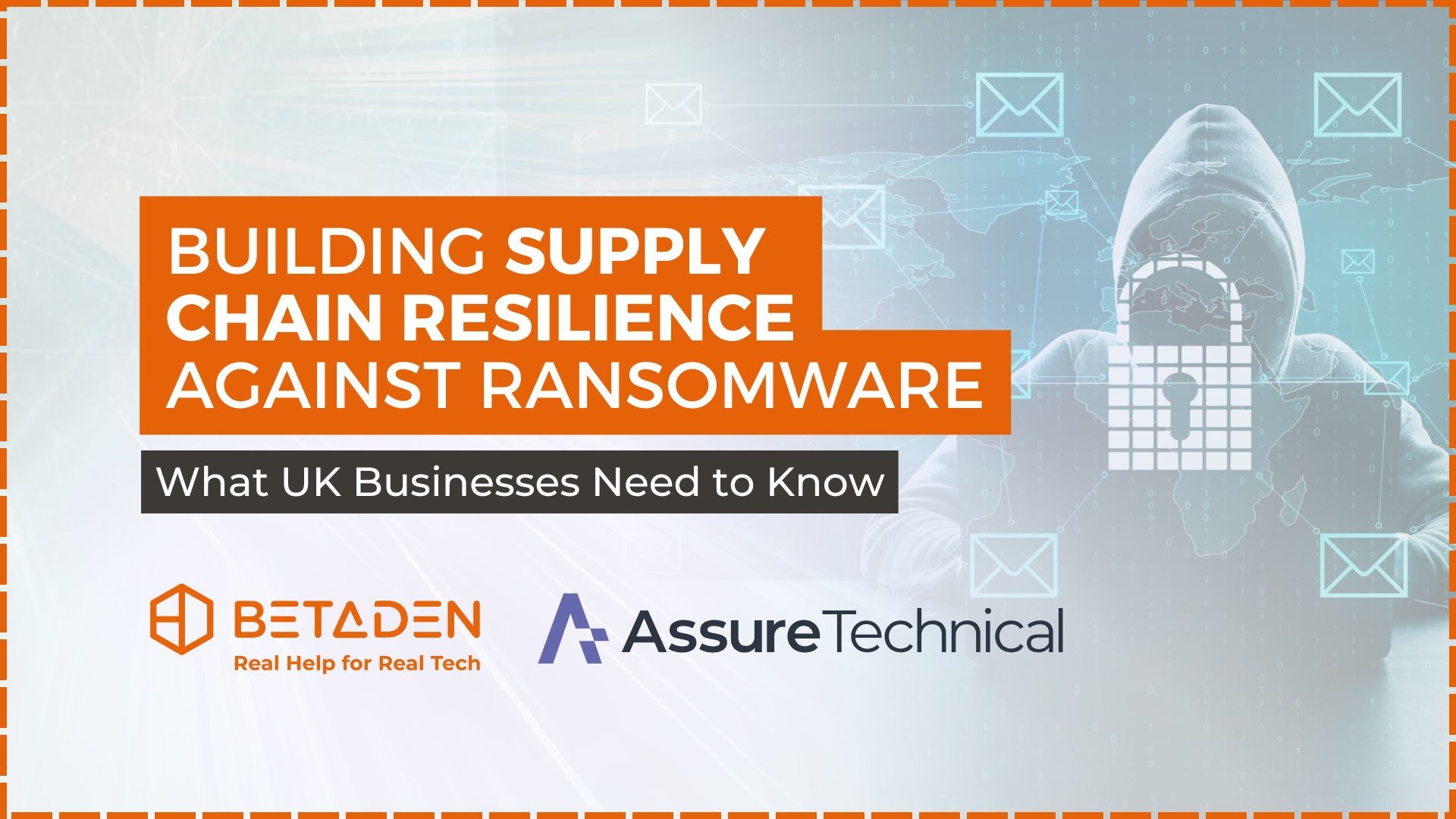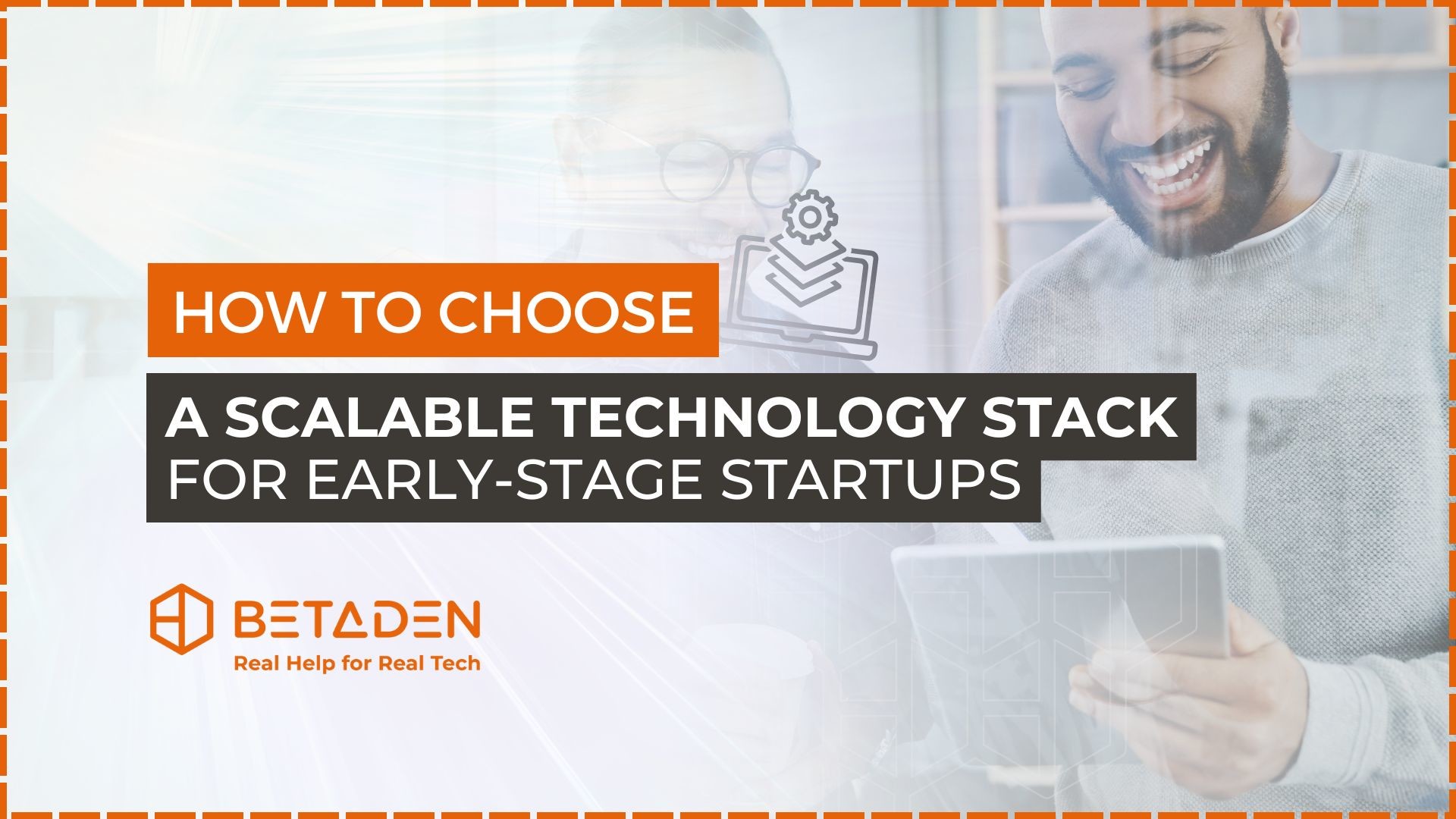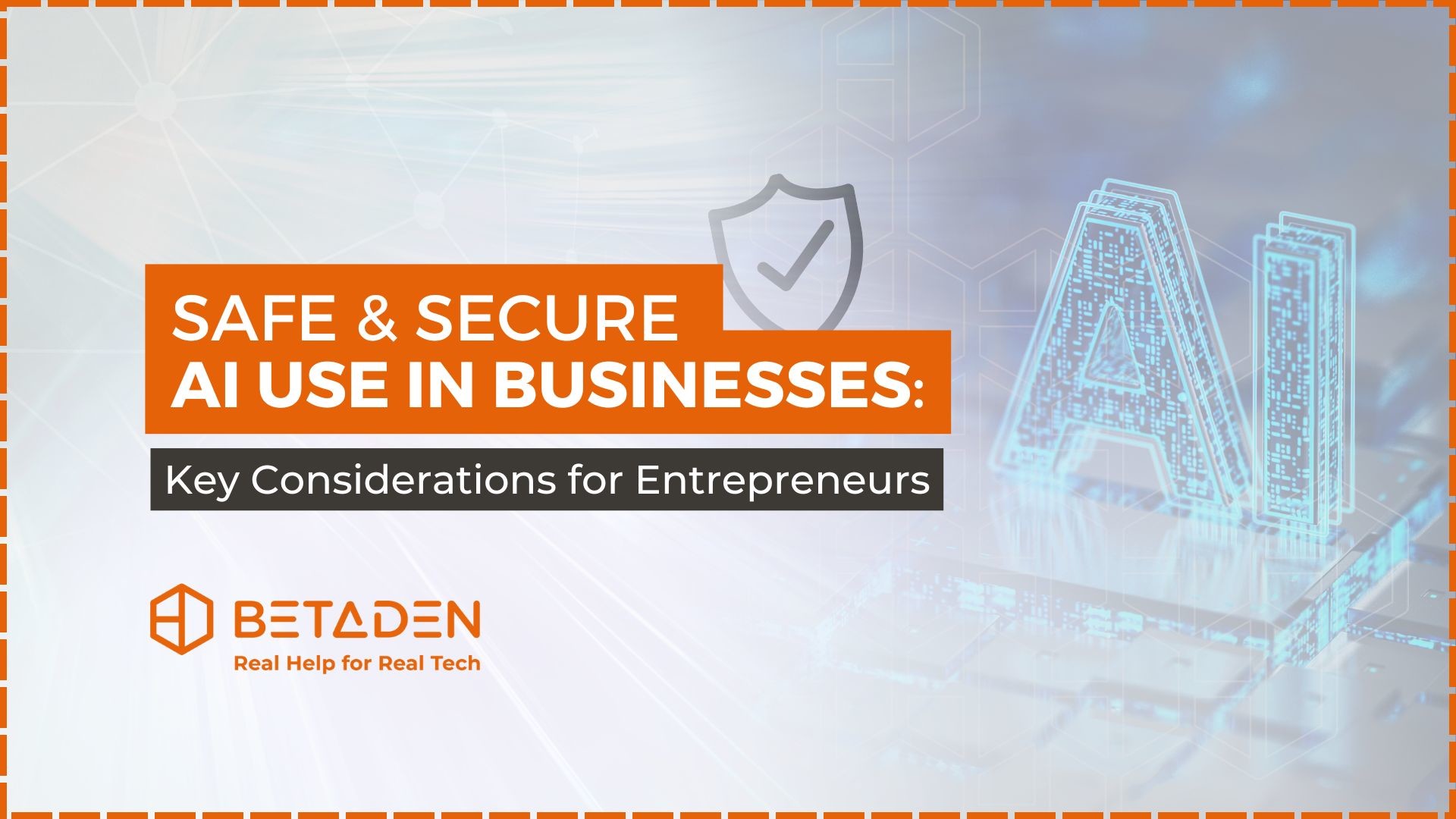Creating a strong point of differentiation for your product or service in a saturated market remains a tough job. The post-pandemic challenges continue to grow, making it harder for businesses to find new ways to deliver value and connect with their customers.
Market conditions are changing faster than ever before, customer loyalty is difficult to retain, industry boundaries are merging, and disruption comes from unexpected places. In addition, businesses must mitigate risk in fragile supply chain conditions, adapt to the value shift of Gen Z (soon to form the biggest purchasing cohort) and produce green products and services without necessarily being able to charge more for them.
Pressure to innovate quickly
This has put businesses under more pressure to develop new products and services better and quicker. So how do we achieve this while delivering business objectives? The answer is simple: take a user-centric approach to new product development (NPD) and adopt (and adapt) the fail fast approach to your environment.
Understanding consumer needs
All NPD should be based on an in-depth understanding of consumer behaviour and needs. It’s easy to fall into the trap of agreeing design briefs based on internal feedback, or our understanding of the problem. However, if you work on the problems everyone sees, you are likely to have very limited impact on your customer.
Developing two-way communication channels with your customers and taking regular feedback is crucial. This process should continue after launching a new product or service. This ensures that customer needs are understood and addressed continuously, rather than only on the launch of a new product. Having a post-launch surveillance program in place will fuel incremental innovation projects and ensuring that short-term financial targets are achieved.
Also consider quantitative and qualitative research, and observational studies to understand the existing pain-points of your targeted customers to imagine new ways of creating delights. Taking this approach allows you to look into the future and work backwards. Delights quickly become expectations, so having sight of the ‘state of the art’ version of the product will keep you one step ahead of the competition.
Implementing the fail fast approach
The second thing every business must implement in their R&D process is the fail fast approach. Fail fast, fail small and fail cheaply. Businesses often gather great market insights, and by the time they develop the product, market conditions have changed. Speed to market is crucial. Businesses should adapt their process to get new concepts over the line as soon as possible.
There are many ways to optimise the development process and save time. These include the prototyping strategy and using modular prototypes, allowing for testing as many options as possible in the initial round whilst retaining the flexibility to make live adjustments whilst testing. Involving your targeted customer in the design team means that the proposition can be refined more efficiently, reducing the number of iterations required.
Using digital twins and simulation studies to evaluate and refine the performance of new products, services or business models is also recommended. This approach requires reasonable resources and accurate data; this may be seen as a barrier but often leads to improved timescales and bottom lines.
Building an expert ecosystem
Finally, it is important to build an ecosystem of experts around the business, bringing the right level of expertise to the table quickly when needed. These relationships should be seen as long-term partnerships, and used not only for project delivery, but also a mechanism for increasing in-house capability.
By adopting these strategies, businesses can navigate changing market conditions more effectively to deliver value to customers and maintain a competitive edge.
To read more of our Entrepreneurship Hub knowledge articles, visit: https://www.beta-den.com/news/category/entrepreneurship-hub/
Written by Kristo Shivachev, Founder of Simple Design Works.

18 Nov 2025 | Entrepreneurship Hub
Strengthening supply chain resilience against ransomware has become a critical priority for UK...


22 Sep 2025 | Entrepreneurship Hub
Choosing the right technology stack is one of the most important early decisions a UK startup...


18 Aug 2025 | Entrepreneurship Hub
In this article, we will be covering some important steps you can take as a business owner to make...







